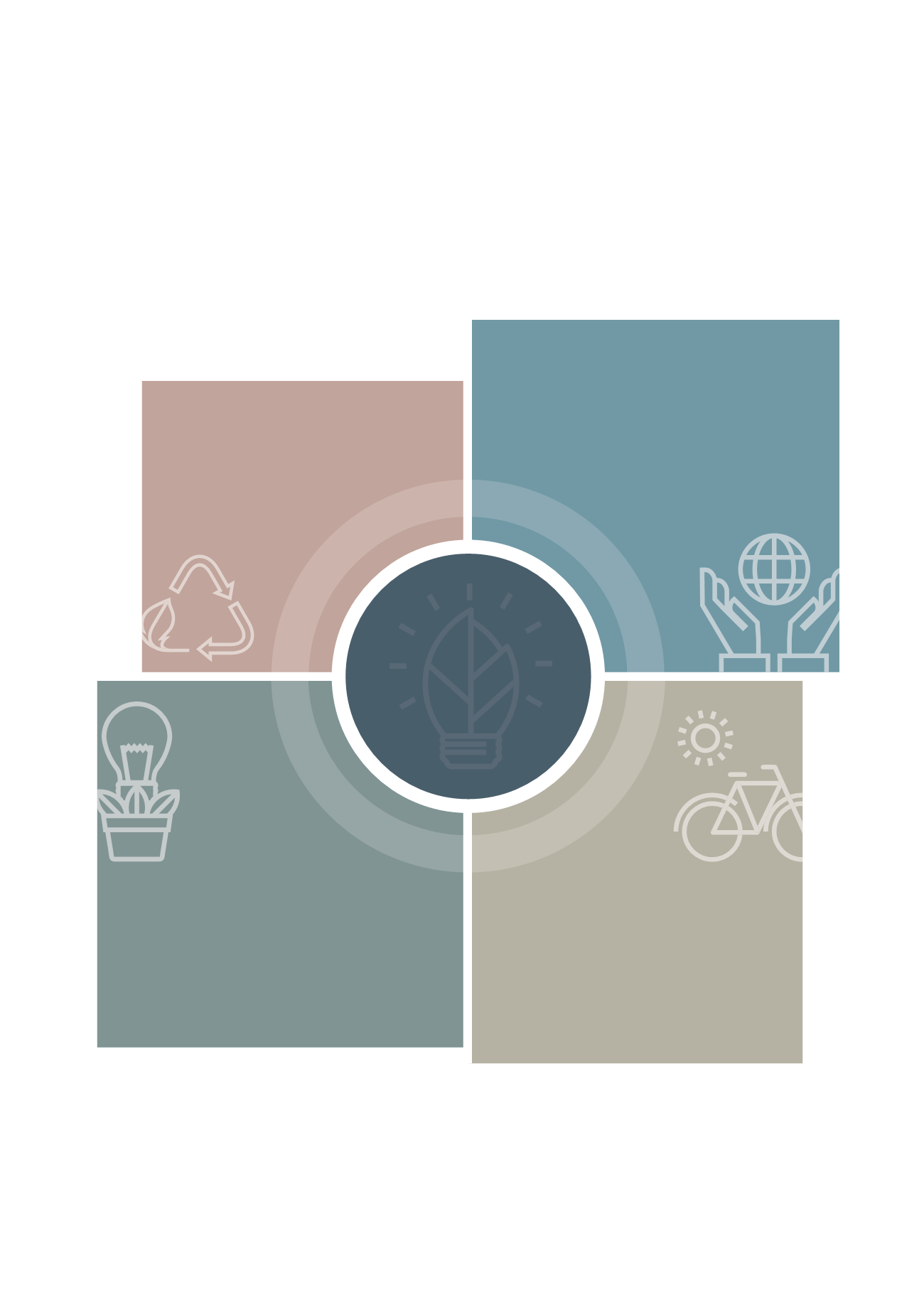
Annual Report 2016
63
Co r po r a t e Su s t a i nab i l i t y
As part of the prioritisation process, they will ask whether these issues are closely related to the risk identification checklist,
reflect an understanding of global environmental and social concerns, are consistent with our corporate culture and strategy,
or bring new business opportunities to light, among other questions.
The prioritisation of these issues will then allow us to focus our resources, planning efforts and future engagement initiatives
for the next reporting cycle.
1. Strengthen engagement around ESG
2. Focus on 1 or 2 high impact environment &
social investments
3. Scale up successful projects within the Group
4. Work with local community directly
5. Build environment & social awareness into
project management (early stages)
1. Air quality objectives
2. Waste management
3. Energy codes & green building requirements
4. Economic performance
5. Ageing population
6. Compliance
7. Affordable housing
1. Climate change
2. Energy consumption & efficiency
3. Green infrastructure
4. Community investment
5. Smart cities, data & urban planning
6. Green bonds
7. Investor interest in ESG
1. Raise ESG awareness & effective communications
2. Reinforce senior level commitment
3. Consolidate social impact more strategically
4. Reference green building best practices/trends
5. Talent attraction & retention
6. Innovation & future-proofing
7. Include ESG topics in risk management framework
8. Provide relevant user experience
I
n
t
e
r
n
a
l
S
t
a
k
e
h
o
l
d
e
r
s
‘
C
o
n
c
e
r
n
s
E
x
t
e
r
n
a
l
S
t
a
k
e
h
o
l
d
e
r
s
'
C
o
n
c
e
r
n
s
H
K
/
L
o
c
a
l
I
s
s
u
e
s
G
l
o
b
a
l
T
r
e
n
d
s
/
I
s
s
u
e
s
ESG topics in risk
management framework
Green building
Energy consumption &
efficiency
Sustainability issues material to NWD


